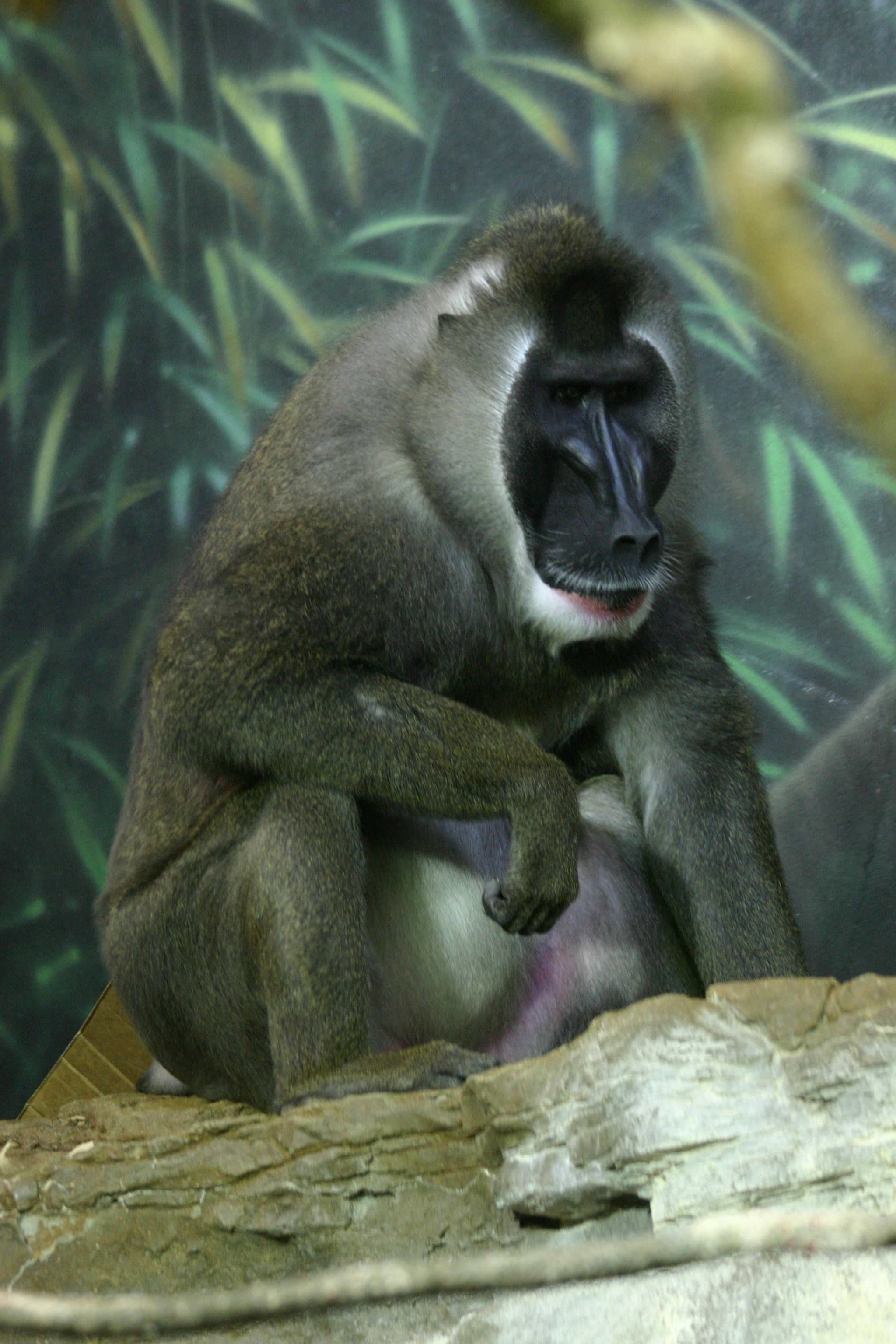Bakossi Forest Reserve on:
[Wikipedia]
[Google]
[Amazon]
 The Bakossi Forest Reserve is a reserve within the Bakossi Mountains in
The Bakossi Forest Reserve is a reserve within the Bakossi Mountains in
 The Bakossi Forest Reserve is a reserve within the Bakossi Mountains in
The Bakossi Forest Reserve is a reserve within the Bakossi Mountains in Cameroon
Cameroon, officially the Republic of Cameroon, is a country in Central Africa. It shares boundaries with Nigeria to the west and north, Chad to the northeast, the Central African Republic to the east, and Equatorial Guinea, Gabon, and the R ...
, home to many rare species of plants, animals and birds.
The Forest Reserve in turn contains the Bakossi National Park, created by a decree in early 2008.
The park covers , and was justified on the basis of preserving plant diversification.
The Bakossi Mountains, which include Mount Kupe
Mount Kupe or Mont Koupé is a plutonic mountain in the Western High Plateau of Cameroon, part of the Cameroon line of volcanoes. It is the highest of the Bakossi Mountains, rising to .
The mountain is revered by the local Bakossi people as the ...
, cover in total about , with perhaps the largest area of cloud forest
A cloud forest, also called a water forest, primas forest, or tropical montane cloud forest, is a generally tropical or subtropical, evergreen, Montane forest, montane, Tropical and subtropical moist broadleaf forests, moist forest characteri ...
in West-Central Africa.
They are part of a larger tract of forest that extends northward into the western foothills of the Bamboutos Mountains
The Bambouto massif or Bamboutos Mountains is a group of volcanoes based on a swell in the Cameroon Volcanic Line, located in the Western High Plateau of Cameroon, merging in the north with the Oku Volcanic Field.
Geology
The large volcanic comp ...
.
The reserve was created in 1956. In 2000, the main section of the reserve was designated a protection forest. All logging was banned and Kupe became a "strict nature reserve". The local Bakossi people
The Bakossi people are a Bantu peoples, Bantu ethnic group that live on the western and eastern slopes of Mount Mwanenguba and Mount Kupe in the Bakossi Mountains of Cameroon. They number about 200,000, mostly engaged in subsistence farming but als ...
participated in delineating the boundaries.
Between 2003 and 2007, the effectiveness of management in this and other parks improved greatly, although the local people were not well integrated into the system, and lacked education and awareness of environmental goals.
The red ironwood tree (''Lophira alata
''Lophira alata'', commonly known as azobé, ekki or the red ironwood tree, is a species of plant in the family Ochnaceae. It is found in Cameroon, the Republic of the Congo, the Democratic Republic of the Congo, Ivory Coast, Equatorial Guinea, ...
''), known locally as the ''azobé'', is endemic to the forest, and has suffered greatly because of illegal logging.Best Documentary, , 2023, minutes 47:18–48:13.
The mountains have one of the healthiest remaining populations of the endangered drill
A drill is a tool used for making round holes or driving fasteners. It is fitted with a drill bit for making holes, or a screwdriver bit for securing fasteners. Historically, they were powered by hand, and later mains power, but cordless b ...
, a primate related to the mandrill
The mandrill (''Mandrillus sphinx'') is a large Old World monkey native to west central Africa. It is one of the most colorful mammals in the world, with red and blue skin on its face and posterior. The species is Sexual dimorphism, sexually ...
.
The drill population in Bakossiland has been threatened by hunters in the area. Drills became extinct in the late 1970s in the Loum Forest Reserve, and may be extinct on Mount Mwanenguba.
However, since 1994, on Mount Kupe
Mount Kupe or Mont Koupé is a plutonic mountain in the Western High Plateau of Cameroon, part of the Cameroon line of volcanoes. It is the highest of the Bakossi Mountains, rising to .
The mountain is revered by the local Bakossi people as the ...
the drill population has started to recover due to protection from the Bakossi traditional chiefs.
Other primates are Preuss's monkey, red-eared guenon, greater spot-nosed monkey and several species of bush baby, collared mangabey
The collared mangabey (''Cercocebus torquatus''), also called red-capped mangabey and white-collared mangabey, is a species of primate in the family Cercopithecidae of Old World monkeys. It formerly included the sooty mangabey as a subspecies. ...
, chimpanzee
The chimpanzee (; ''Pan troglodytes''), also simply known as the chimp, is a species of Hominidae, great ape native to the forests and savannahs of tropical Africa. It has four confirmed subspecies and a fifth proposed one. When its close rel ...
and Preuss's red colobus.
Some of the species of chameleon
Chameleons or chamaeleons (Family (biology), family Chamaeleonidae) are a distinctive and highly specialized clade of Old World lizards with 200 species described as of June 2015. The members of this Family (biology), family are best known for ...
are thought to be found only in the region.
The area has many species of bird. On Mount Kupe alone, more than 329 species have been recorded.
These include the Mount Kupe bushshrike
The Mount Kupe bushshrike (''Chlorophoneus kupeensis'') is a species of bird in the family Malaconotidae. It was previously thought to be endemic to Cameroon, where it is found in the Bakossi Forest Reserve and in particular on Mount Kupe, wher ...
, the endangered white-throated mountain babbler, and the vulnerable green-breasted bushshrike
The green-breasted bushshrike or gladiator bushshrike (''Malaconotus gladiator'') is a species of bird in the family Malaconotidae. It is found in the Cameroonian Highlands forests. With a total length of and a body mass of around this may be ...
and grey-necked picathartes.
References
{{coord, 4, 44, 34, N, 9, 35, 20, E, display=title Protected areas of Cameroon Forest reserves